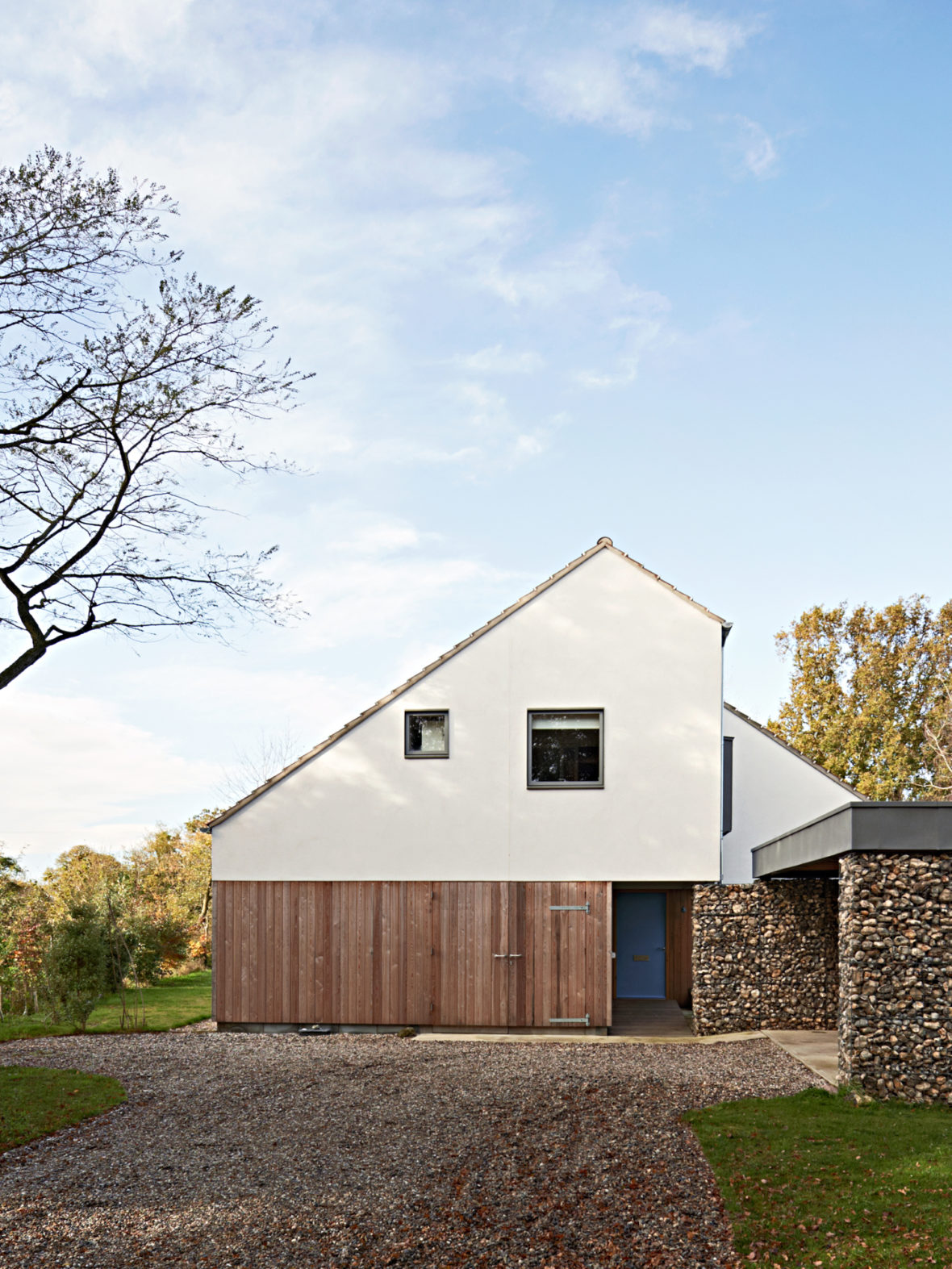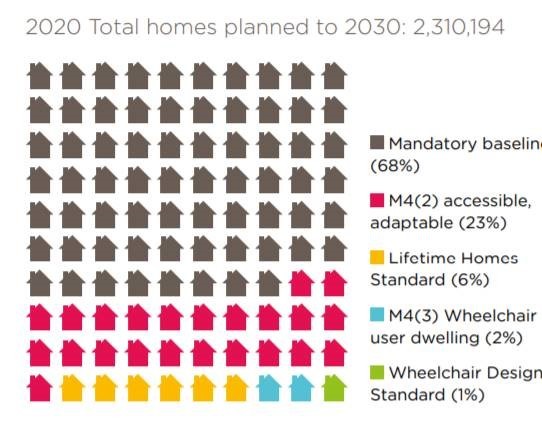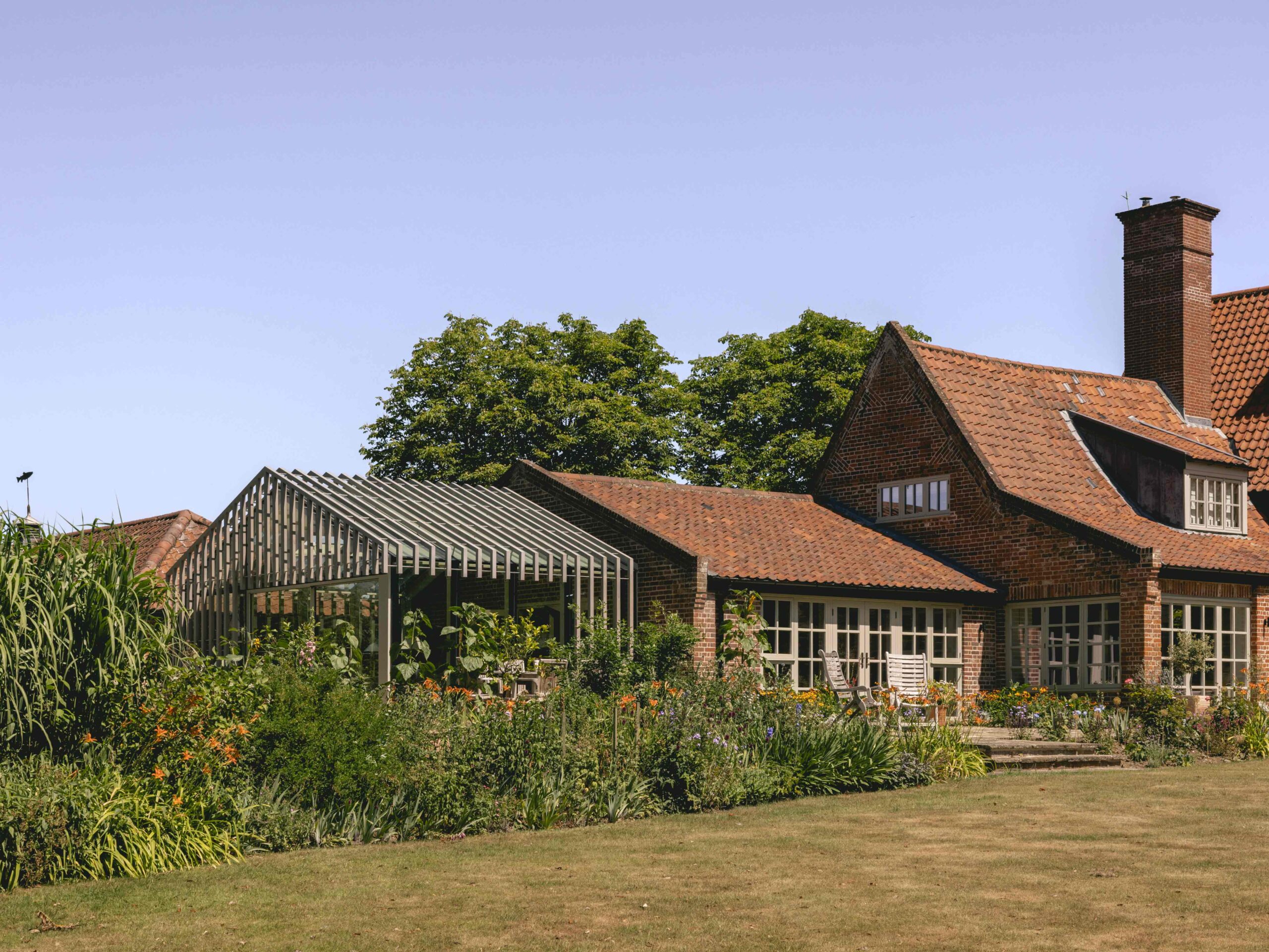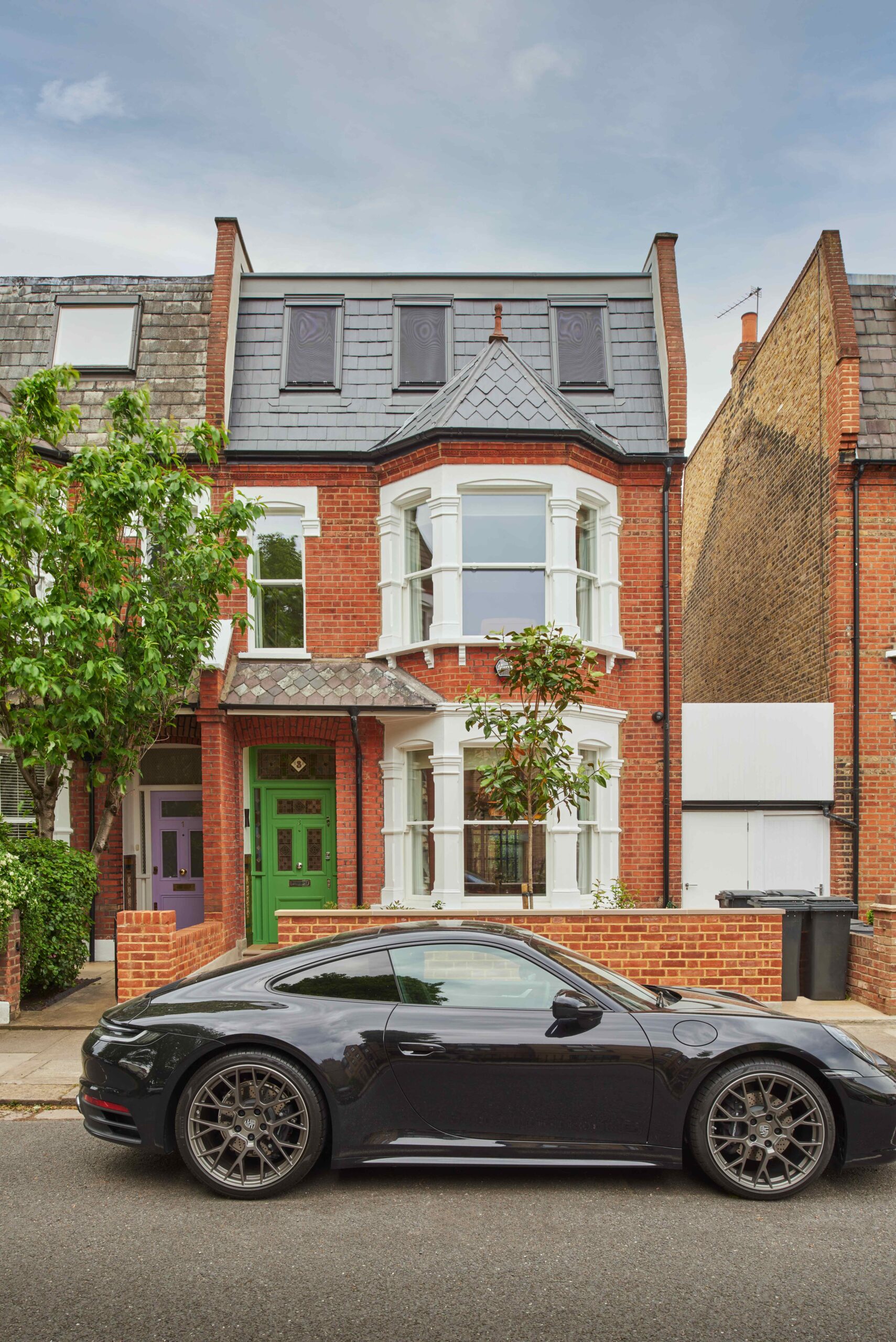
Research has shown that in the next 10 years, 70% of all new homes will still not have to meet any accessible housing standards. It’s time we made all new homes ‘lifetime’ homes’.
I am fortunate to have my parents and my parents-in-law living locally. And even more fortunate that both are now set up in homes that have accessible shower-rooms and ample living space on the ground floor. One home was purpose-built with ‘autumn years’ in mind. The other is an adapted mid-C20th house with an attached garage, part of which has been re-purposed as a generous wet room. We would not be so fortunate if either property was a modern, spec-built house.
Habingteg Housing Association Report
Habinteg Housing Association has recently published a report on how local authorities are fulfilling their requirement to have planning policies for ‘visitable’, ‘adaptable’ and ‘wheel-chair user’ dwellings – parts M4(1), M4(2) and M4(3) of the Building Regulations. ‘Visitable’ M4(1) dwellings make almost no provision for disabled or infirm inhabitants or visitors. The requirements of M4(3) are based closely on the definitive design-guidance for wheelchair-friendly dwellings originally published by Habinteg, hence their keen interest in the subject. Part M4(2) covering ‘adaptable’ dwellings is based on a design guide called ‘Lifetime Homes’ written by the Joseph Rowntree Foundation, another housing association. Lifetime Homes describes a set of design features that make it possible for older residents to stay in their homes as they become less mobile, including wider doors and corridors, less steep stairs and a knock-out panel for a through-floor lift. A key requirement is that the entry-level WC should be large enough and have capped-off plumbing to allow conversion into a wet-room shower. An entry-level WC is also required in an M4(1) dwelling, but only of a standard size.

It seemed like a big step forward when the Building Regulations were re-written to cover adaptable ‘lifetime’ homes (M4(2)) and wheelchair dwellings (M4(3)), but the bad news is that the minimum requirement is only M4(1), with M4(2) and M4(3) remaining optional, at the discretion of each local planning authority. Habinteg’s research shows that in the next 10 years, 70% of all new homes will still not have to meet any accessible housing standard, and this proportion is actually rising. And over half of the country’s 324 local plans make no requirement for any enhanced accessibility standard. The emerging Greater Norwich Local Plan, which will cover the city of Norwich, South Norfolk and Broadland, stipulates that 20% of new homes should be M4(2) ‘lifetime’ homes, but only on major developments. This seems lacking in ambition in a part of the country with a rapidly ageing demographic.
We are currently working on a development of 18 new homes to the north of Norwich where we have persuaded the developer to design all units to comply with M4(2), as well as making provision in each for a small homework/home-working space (see our previous post on home-working). These improvements will not cost the earth (reckoned to be £1,000-£1,500 per unit) – but the benefits should last a lifetime.
Matt Wood, May 2021. / Matt Wood is Head of Housing at Hudson Architects.


